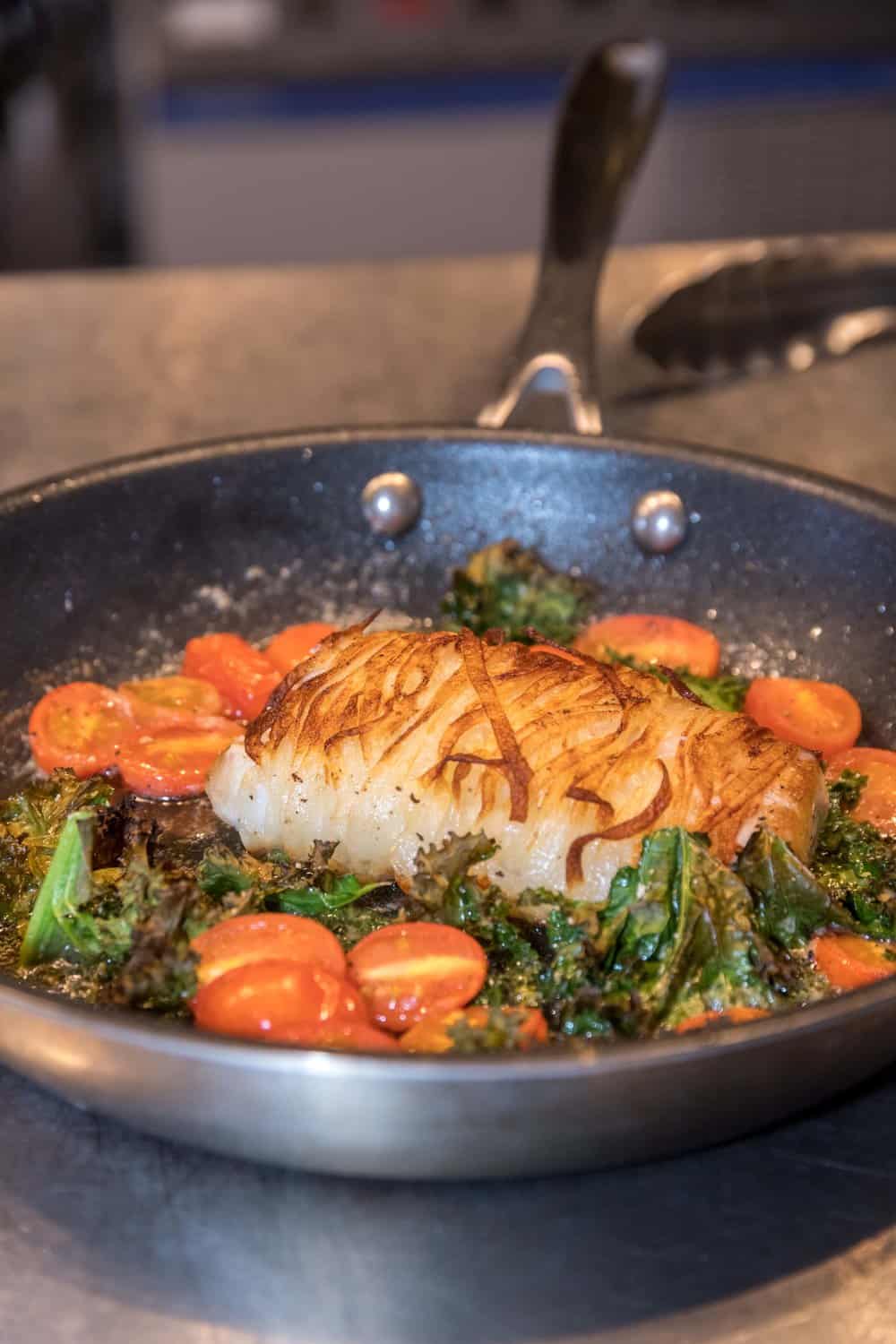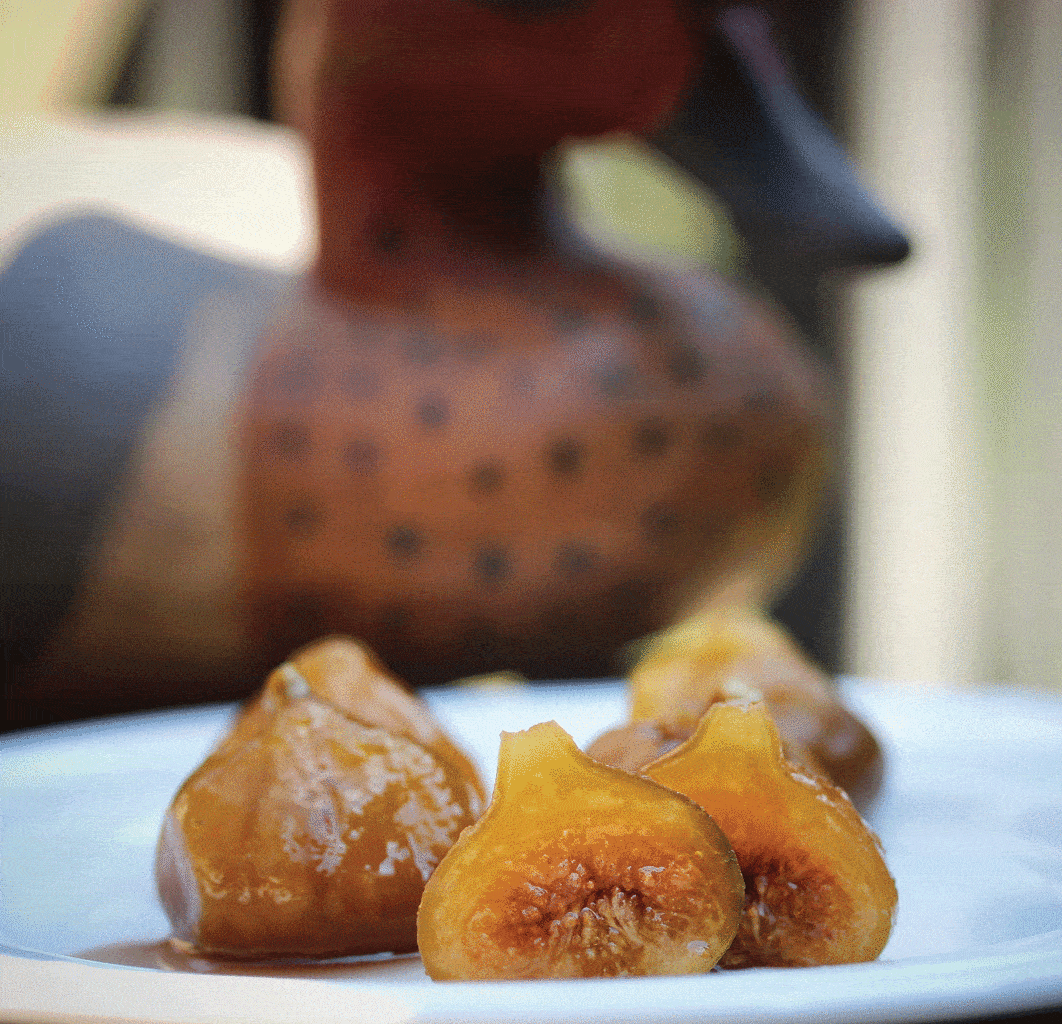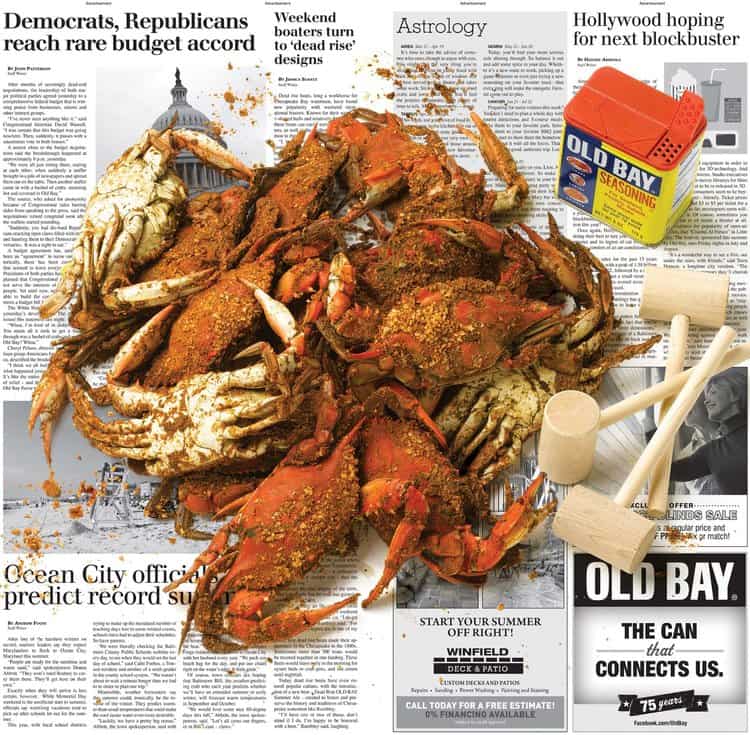Striped bass can be one of the hardest proteins to get right for a couple of reasons: It lacks the abundance of fat found in other fish like salmon, and the muscle fibers are shorter and do not have the same level of connective tissue protection as beef and other animal proteins. So, what should a home cook do to make the best of the catch?
We had the pleasure of hanging out with Chef Jerry Pellegrino at the SCHOLA Cooking School in Baltimore for a private lesson on cooking the Maryland state fish.
Pellegrino showed us a step-by-step method of cooking a striped bass fillet in an easy, one-pan recipe that would put most restaurant plates to shame. Making seemingly difficult foods accessible to the home chef is what he does. Here’s how, in a running cooking conversation:
CBM: What is SCHOLA?
JP: Schola derives from Latin meaning school. Amy Von Lange and I started SCHOLA in 2015 as a place to bring people together to create, cook, and enjoy eating together. We loved our restaurant customers, but we hated the late nights. Now we enjoy working with people to show them how to prepare food well and have a good time. Cooking with us is an experience, like hanging out around a kitchen having fun with those around you and making the food you love.
CBM: What are the pitfalls of cooking fish?
JP: Overcooking fish is the biggest challenge for a home chef. If you miss the temperature on a steak by five degrees, no one is going to notice. If you miss the temperature on a rockfish filet by the same, it will be dry as a bone. You want to make sure that fish is cooked to it’s appropriate temperature and no further. The proper internal temperature per FDA guidelines is 145 degrees, but if the fish is labelled sushi-grade you can eat it raw. Also be aware of the “carry-over.” A fish doesn’t stop cooking when you take it off the heat. It continues to cook and can carry over another five to 10 degrees. Take that into account in your cook times and use a quick-read meat thermometer.
CBM: What should you look for in a piece of fish at the seafood market?
JP: If there is no one at the counter at the market, then I’m a little worried. You want to know that the market remains busy and moving product quickly, so the product is always fresh. After that, I want mild smells (no ammonia smell) and well-iced fish, but not swimming in water. Fish is not like beef, you can’t age it, it must be fresh. If I find a market where the fish was caught that day, I’m buying there.
I also want to know where my fish is from, and if it is wild or farm-raised. These are factors in the final product of the fish on the table, and it’s worth learning about.
CBM: What if you caught the fish but want to freeze it for another night?
JP: Understand that ice crystals are sharp. The longer it takes to freeze your fish, the longer and sharper the ice crystals will be. Today’s seafood packing houses have rapid freezing equipment and techniques to minimize this. When freezing fish at home those ice crystals can rupture the cells and release the moisture that keeps your fish tasting good. Your best bet is to clean, wash, fillet, and rinse the fish with cold water and seal the fillets up using a vacuum system. Make sure your freezer is at its coldest setting and don’t leave them in too long before cooking. Thaw the fillets in their bags in cold water.
CBM: What tools are essential, and how should we prepare the fish?
JP: The most important tool is a sharp knife. With fish, you want a knife with a flexible blade to skin them and cut the meat off the bone. Make sure you have a good three-sided stone at home to keep those knives sharp. (JP pauses and says: “That’s if you’re not cooking it whole, which is a great way to cook fish, but for another day”).
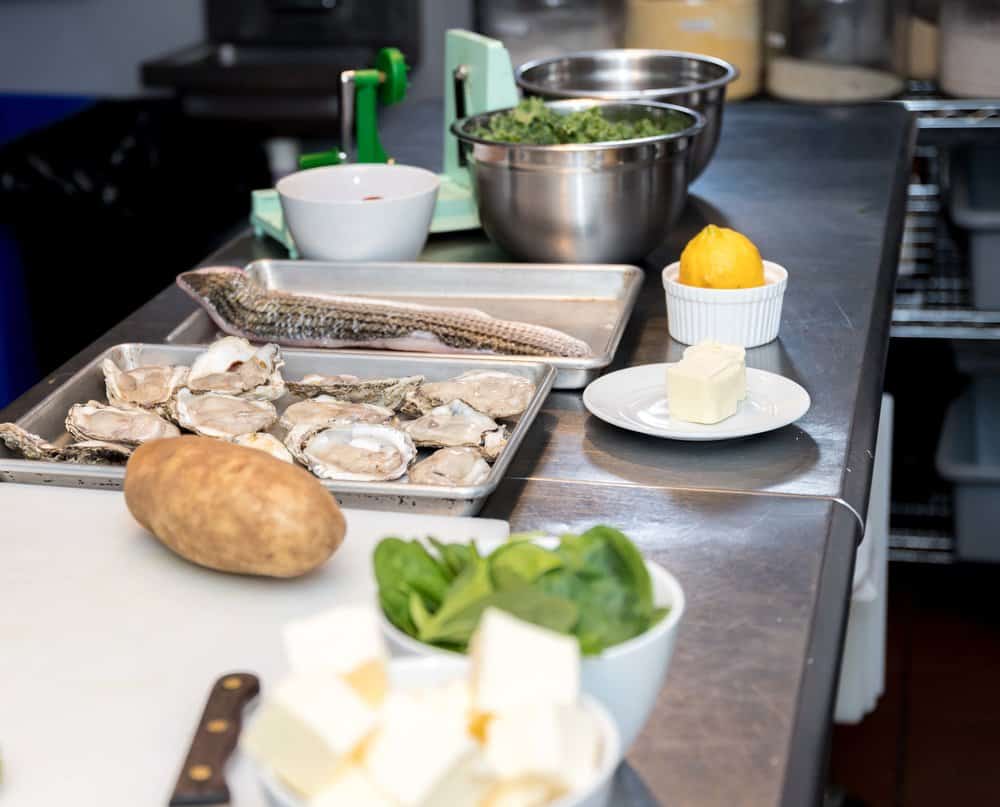
After that, a thick-bottomed non-stick pan, a hot grill, or the oven are all great ways to cook fish.
As for preparation, you want to make sure the fish is dry. Always remove excess moisture from the fish. Otherwise, no matter how you cook it, you are simply steaming it.
Oh yeah, don’t forget the wine. Fish pairs great with whites. Look for dry light whites for rockfish. Think Pinot Grigio, Sauvignon Blanc, or Albariño.
CBM: What’s a foolproof recipe for rockfish that will allow the subtle flavor to shine through?
JP: A potato wrap protects the delicate flavor of the fish while providing the taste and texture of the potato. It’s great because you can use anything in your fridge under it—corn, squash, zucchini, or any other garden vegetables in the summer.
Compound butters are a great way to add flavor to any seafood dish. Simply take herbs or vegetables (think spinach) and mix it with softened butter. You can get a little fancy and roll it in wax paper or just store it in a tub.
Pan searing and baking are easy go-to methods for the home chef.
Coastal Conservation Association (CCA-Maryland) chairman Frank Bonanno and executive director David Sikorski made the trek to SCHOLA to learn from a pro and pass it along to CBM readers. CCA is well-known for promoting effective fish conservation and Chesapeake Bay ecosystem enhancement. These are the anglers who consistently practice careful catch and release techniques and principles for keystone species—striped bass, redfish, trout. But this doesn’t mean CCA members don’t catch and keep fish for the table. It’s just that if you’re going to kill a fish, you should be prepared to cook it as carefully as you caught it— CCAMD.org
Potato Wrapped Rockfish
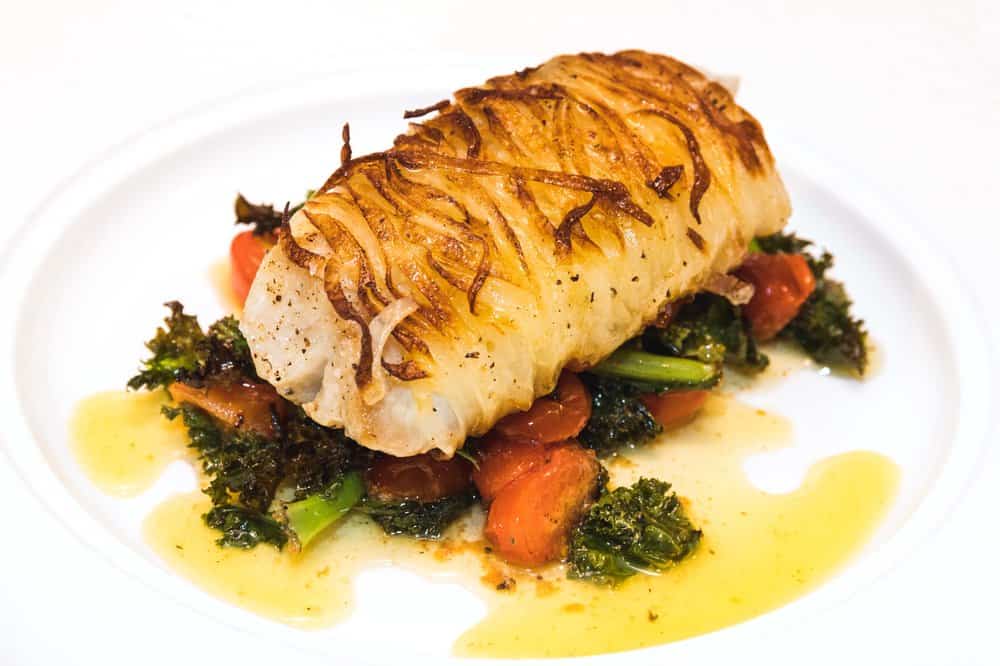
Potato Wrapped Rockfish
Ingredients
- 2 4-ounce Rockfish filets
- 1 medium russet potato
- 1 tablespoon of lemon juice
- 3 tablespoons of butter
- 3 tablespoons of olive oil (not extra-virgin)
- 8-ounces of kale
- 8 to 10 sliced grape tomatoes
- Salt and pepper
Directions
- Peel and spiralize the potato and toss it with the tablespoon of lemon juice.
- Pat the rockfish filets dry and season each side with salt and pepper.
- Wrap each filet with the spiralized potato.
- Heat the olive oil in a non-stick pan on medium high heat until oil is around 350 degrees.
- Place fish in the oil and brown on each side (2-3 minutes a side). Don’t worry about it cooking all the way through just yet.
- Remove the pan from the stove, and carefully place the fish on a plate. Put the kale and tomatoes in the pan and place the fish back on top of them. This provides a little extra cushion, so the bottom of the fish does not cook faster than the top.
- Place the 3 tablespoons of butter around the fish. (Use a garlic compound butter for a little extra flavor.)
Place in a 450-degree oven and cook for 5-8 minutes. Take out when the kale looks cooked. Take a temp on the fish.
Plate and enjoy!

